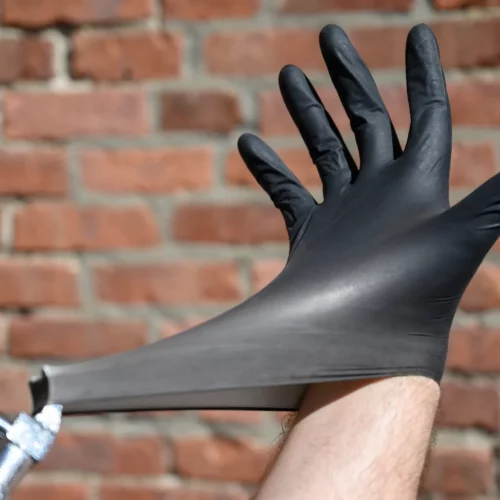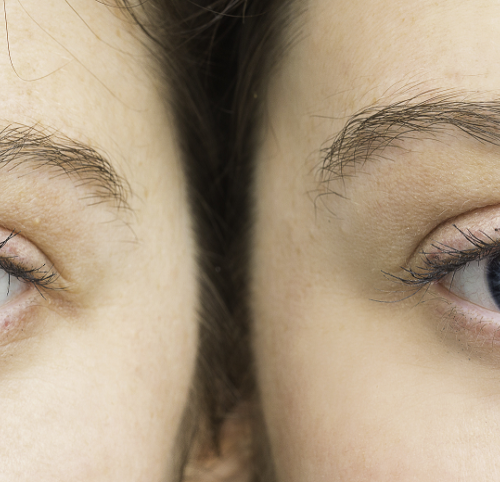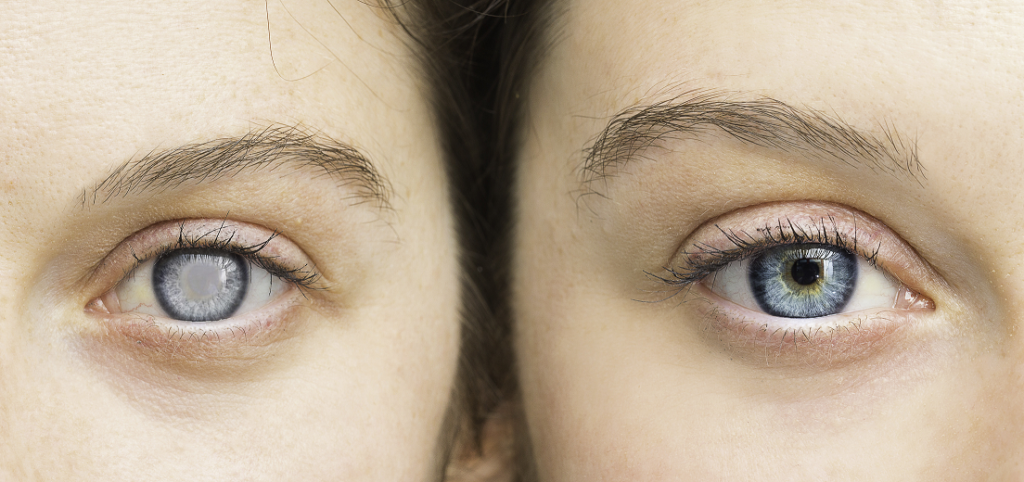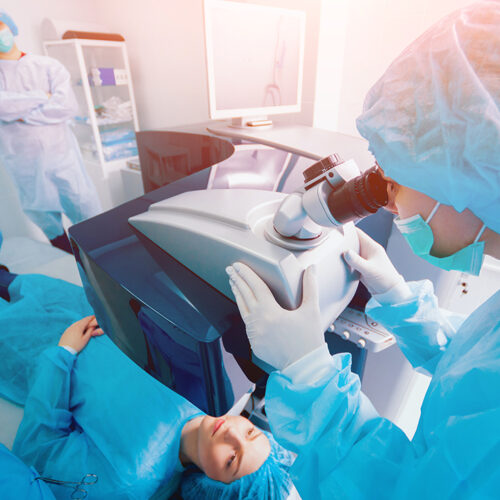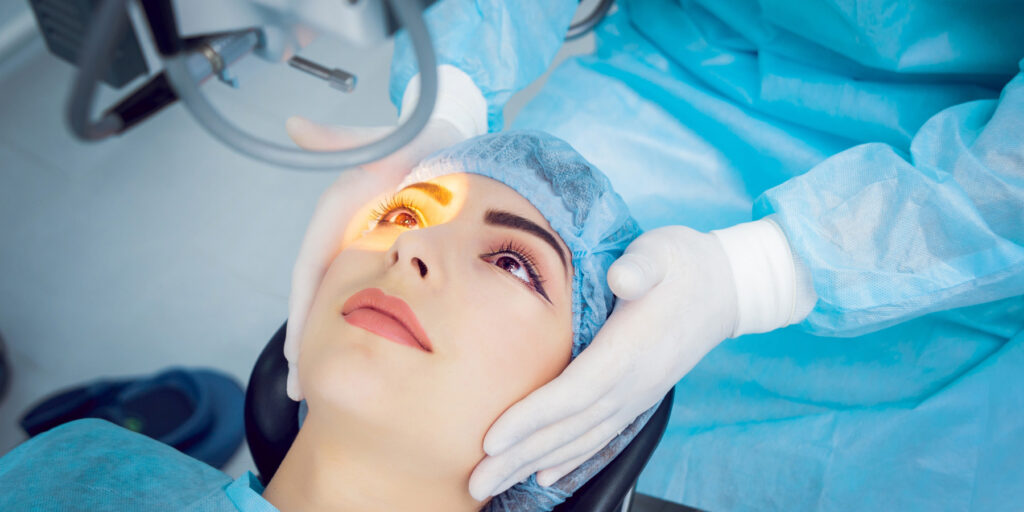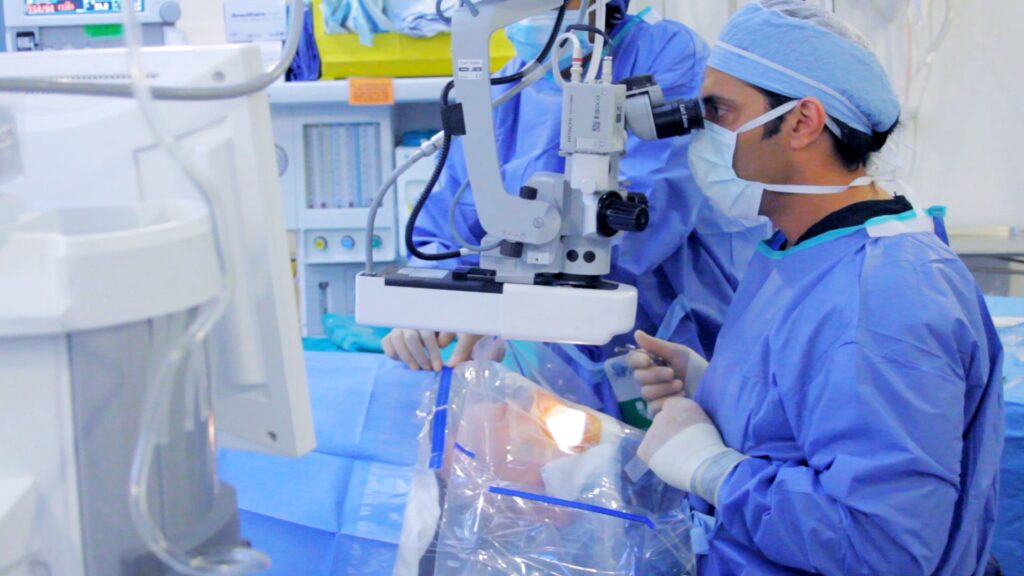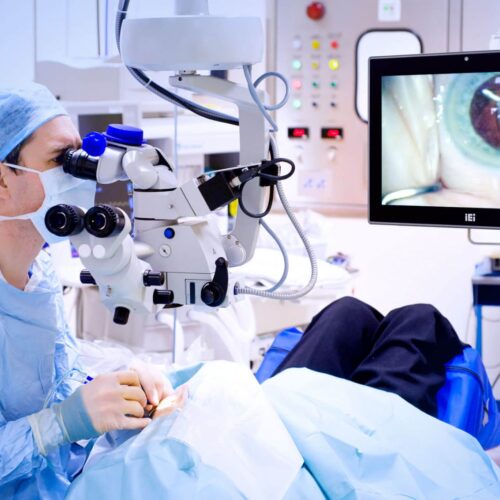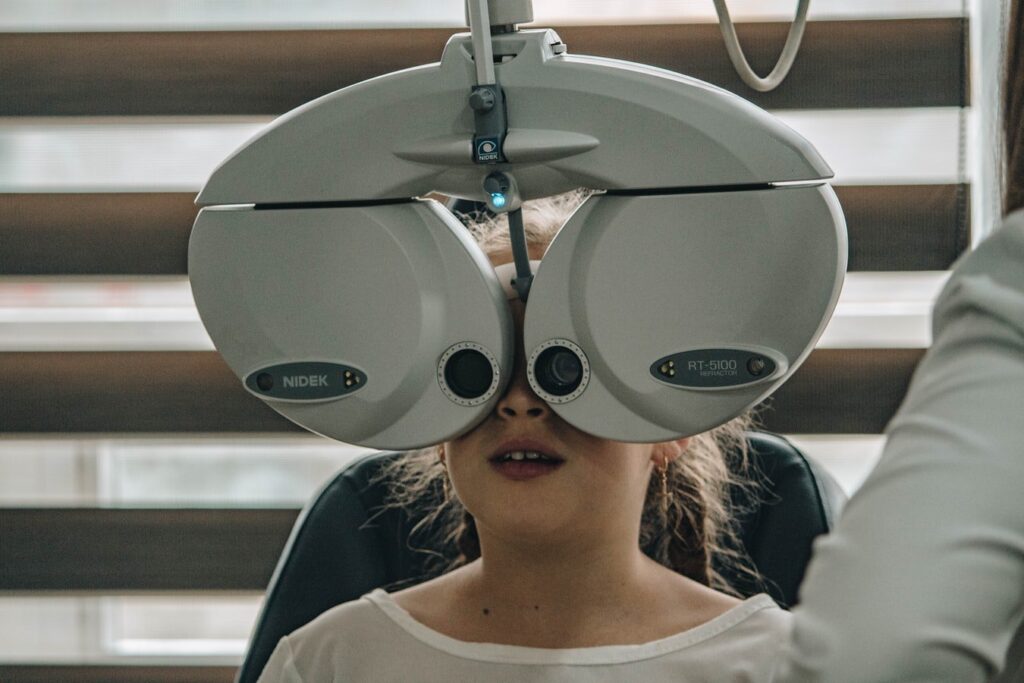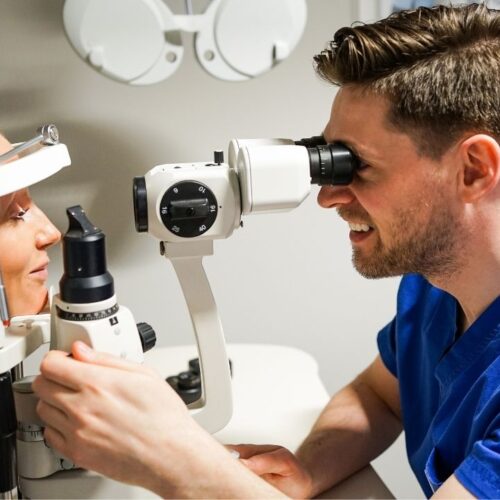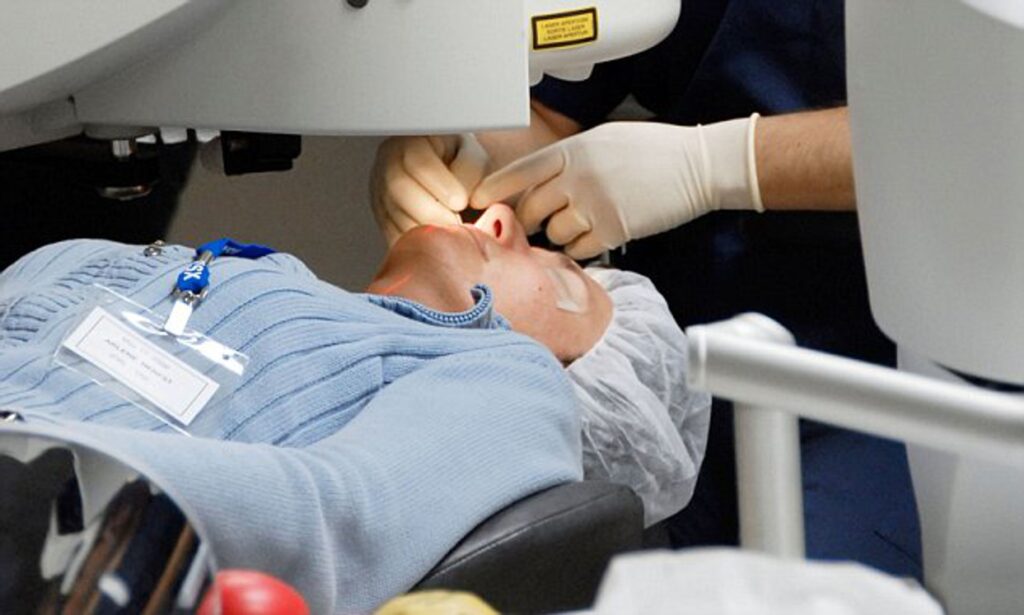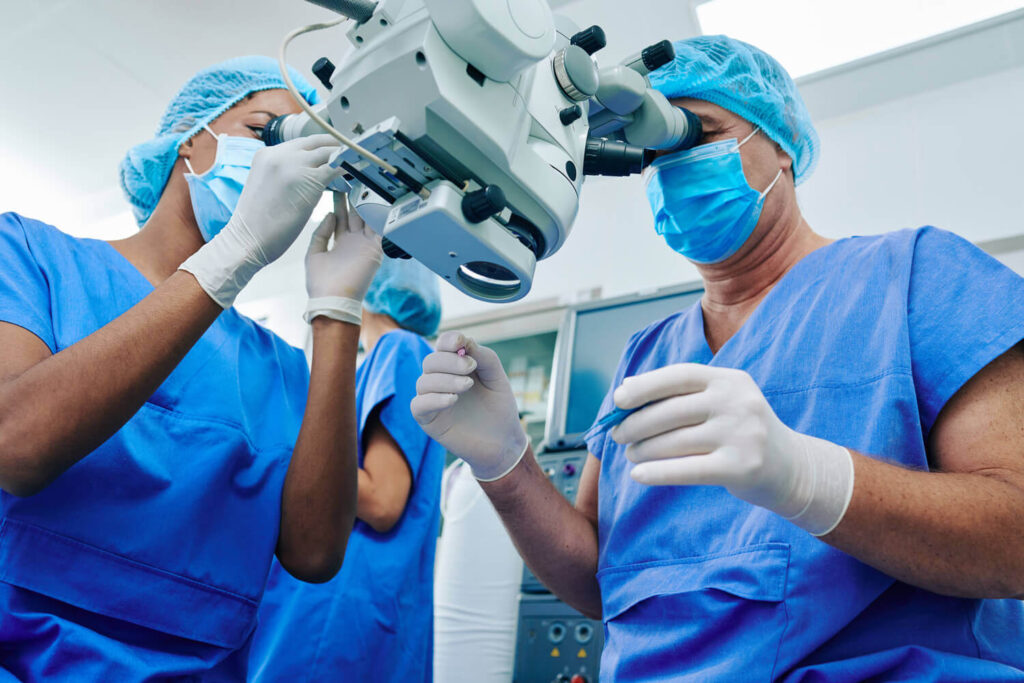You may want to take into account the considerations in the following paragraphs if you’re considering buying disposable gloves online. These elements will also assist you in finding the top disposable gloves in Australia.
Material is the main aspect to think about while choosing disposable gloves. The gloves you choose to purchase should be made of high-quality materials and be appropriate for the kind of work you’ll be doing with them.
Quality
The gloves you purchase should be constructed of high-quality materials even if they are disposable. The point of employing a glove would be defeated if it didn’t provide total protection while in use without a hitch.
When purchasing a pair of disposable gloves, the cost is still another crucial factor to take into account. Disposable glove prices might change depending on both the number and quality of gloves. Therefore, before investing in a pair of disposable gloves, a comprehensive comparison should be done.
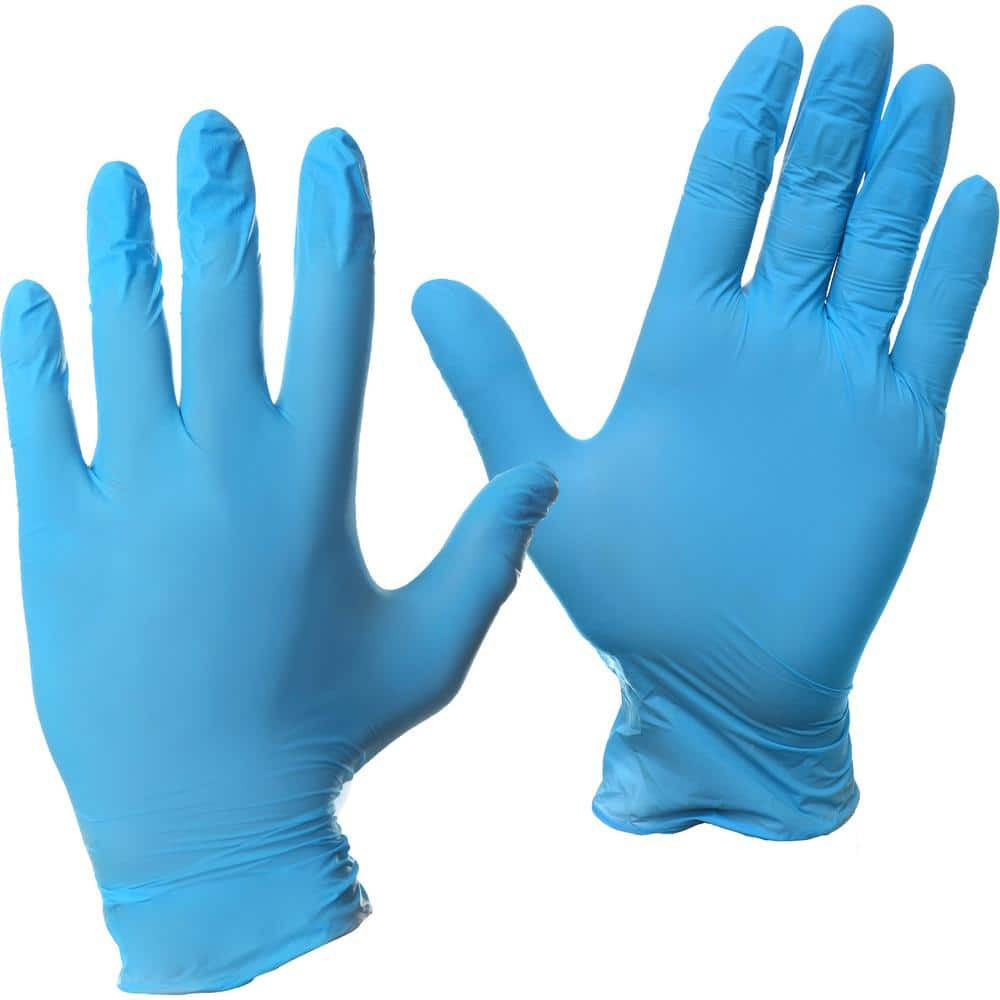
Comfort and Fit
You should get disposable gloves that are the right size and fit for you. The way the gloves fit is crucial since a good fit will provide your hand’s comfort, flexibility, and even breathing room.
Protection
Whatever the reason you may have for buying a pack of disposable gloves. Whether for hygiene or safety reasons, they should completely shield your hands. The material’s thickness, tensile strength, and resistance to ripping and puncture serve to assure this.
Service Grade Prior to making a purchase of disposable gloves, it is usually a good idea to research their service grade. Gloves are rated based on their intended usage in various industrial settings. When purchasing gloves, it is preferable to consider the work or industry for which you will be using them.
Things to watch out for while purchasing and using disposable gloves
Purchase the disposable items that are most suited to the function for which you are buying them.
Avoid reusing disposable gloves since they are only intended for single use. In such cases, buying reusable gloves is preferable.
Never use gloves that are ripped or broken. They wouldn’t provide any defense.
If you ever have an allergic response of any type, stop wearing disposable gloves and see a doctor right away.
FAQs about disposable gloves

What is the price of a pair of disposable gloves?
Disposable gloves range in price depending on the material and quality of the gloves. However, a pack of 100 gloves typically ranges in price from $5-$10. Plus, polythene gloves are less expensive than nitrile or latex gloves.
Can the coronavirus be effectively protected by disposable gloves?
To avoid infection, only medical professionals and anybody else who must interact with sick patients should use disposable gloves. However, it has not been shown that using disposable gloves would provide complete virus protection. Without appropriate handling and disposal of the gloves, the illness may still spread. You can read more about Different types of surgical masks by visiting http://sarahburdgephd.com/different-types-of-surgical-masks/
How should we get rid of our throwaway gloves?
To stop the spread of any illnesses, disposable gloves need to be disposed of properly. Remove the glove and throw it in a lined trash can after use. And after removing the gloves, the hands should be properly cleaned.
What materials are temporary gloves composed of?
Depending on the item you choose, disposable gloves may be made of different materials. You may select the ideal one for your requirements from the typical ones, which come in rubber, latex, nitrile, and other materials. There is the perfect pair of disposable gloves for all your requirements thanks to the wide variety of alternatives accessible online.
What use do disposable gloves serve?
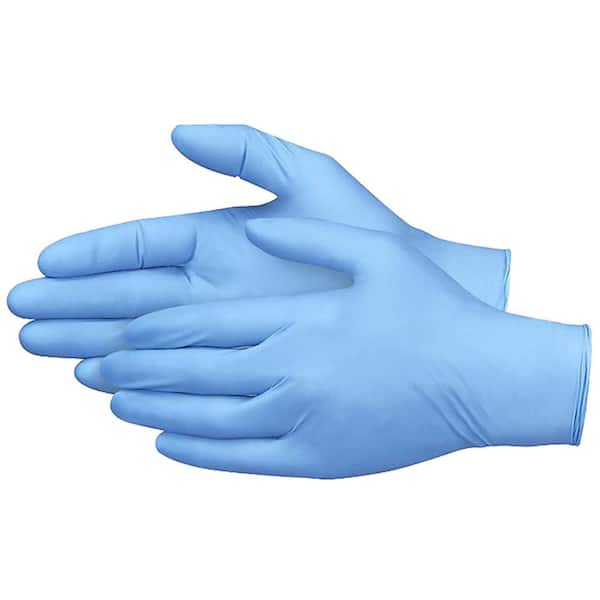
To protect your skin from contaminants and pathogens, disposable gloves are used. In addition to being crucial for the cleanliness, this may also effectively shield you from many skin conditions.
What materials are temporary gloves composed of?
Depending on the material they are composed of, there are numerous varieties of disposable gloves on the market today. The most often used materials for gloves are rubber, latex, nylon, nitrile, and more.
Are reusable gloves reasonably priced?
Disposable gloves are quite reasonably priced and are very easy to incorporate into your budget. To prevent the transmission of infections, just be careful not to reuse gloves and dispose of them carefully after usage.
Disposable gloves are used by medical personnel of various levels of training and experience to protect both themselves and their patients. For patient care, it’s critical for hospitals, clinics, laboratories, doctor’s offices, and mobile health units around the nation to have the appropriate gloves. They are utilized on a daily basis by healthcare professionals such as physicians, nurses, surgeons, lab technicians, dentists, pharmacists, emergency responders, and others.
Features
Exam gloves and surgical gloves are the two common categories of disposable gloves in the medical field. Exam gloves are often used by healthcare professionals and caregivers to prevent contamination when in close contact with patients. Surgeons and operating room nurses employ more sophisticated surgical gloves to provide better accuracy, sensitivity and sizing.
Exam and surgical gloves should be specifically designed to guard against illness and body fluids. In order to avoid needlessly causing the professional or patient discomfort, they should also be pleasant to the touch.
Top Medical Glove Materials
Exam gloves are created from nitrile, vinyl, and latex. For many years, latex gloves have been the norm in medical offices, and different brands and designs offer distinct benefits. For instance, some latex gloves are thicker and longer than others, while some do not include powder.
In high-risk scenarios involving infectious materials, latex gloves are employed. They are biodegradable, robust, and stretchy. Latex is cozy, flexible, and well-fitting offering mid-range barrier protection. Some medical personnel and patients, nevertheless, are allergic to it.
Vinyl is a low-cost, soft, and latex-free alternative that is made of polyvinyl chloride. When handling non-hazardous items and doing low-risk duties, these gloves may be adequate. For less tactile tasks, vinyl gloves may also be used, but bear in mind that they are often less durable than latex gloves.
In particular for individuals with latex allergies, nitrile is a fantastic all-purpose substance that is often utilized for examinations. Nitrile is a substance that is excellent for use with sharp items and tools since it is strong and tear-resistant. Nitrile gloves have a long shelf life and may be used for prolonged periods of time. In the end, they provide great barrier protection and outperform latex and vinyl in terms of their ability to withstand chemicals and punctures. You can also read about Face masks — coronavirus (COVID-19) by clicking here.

